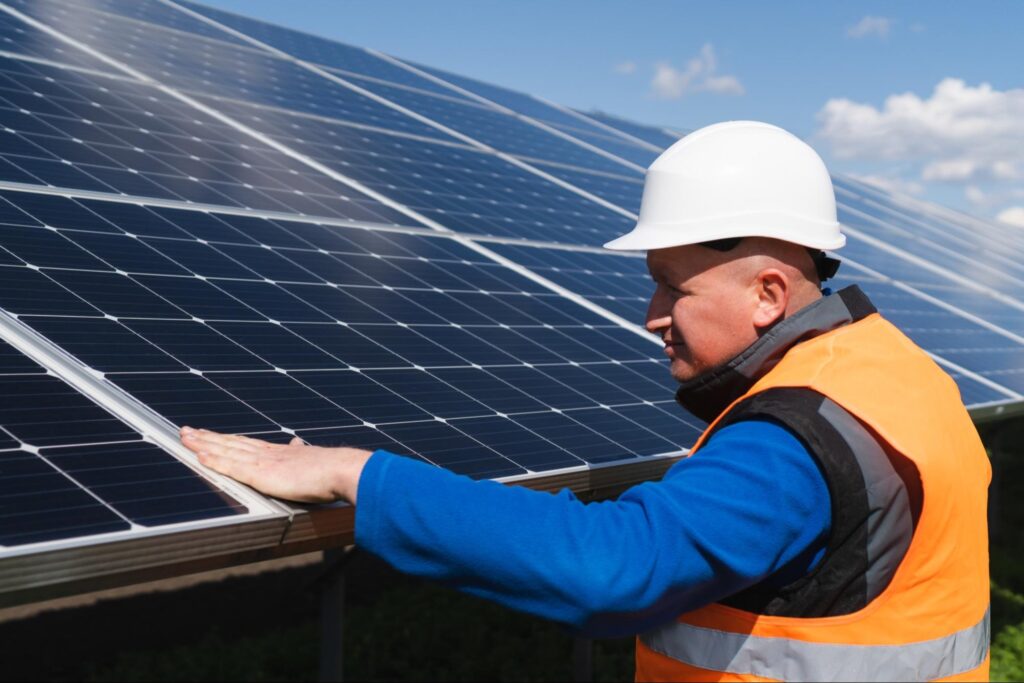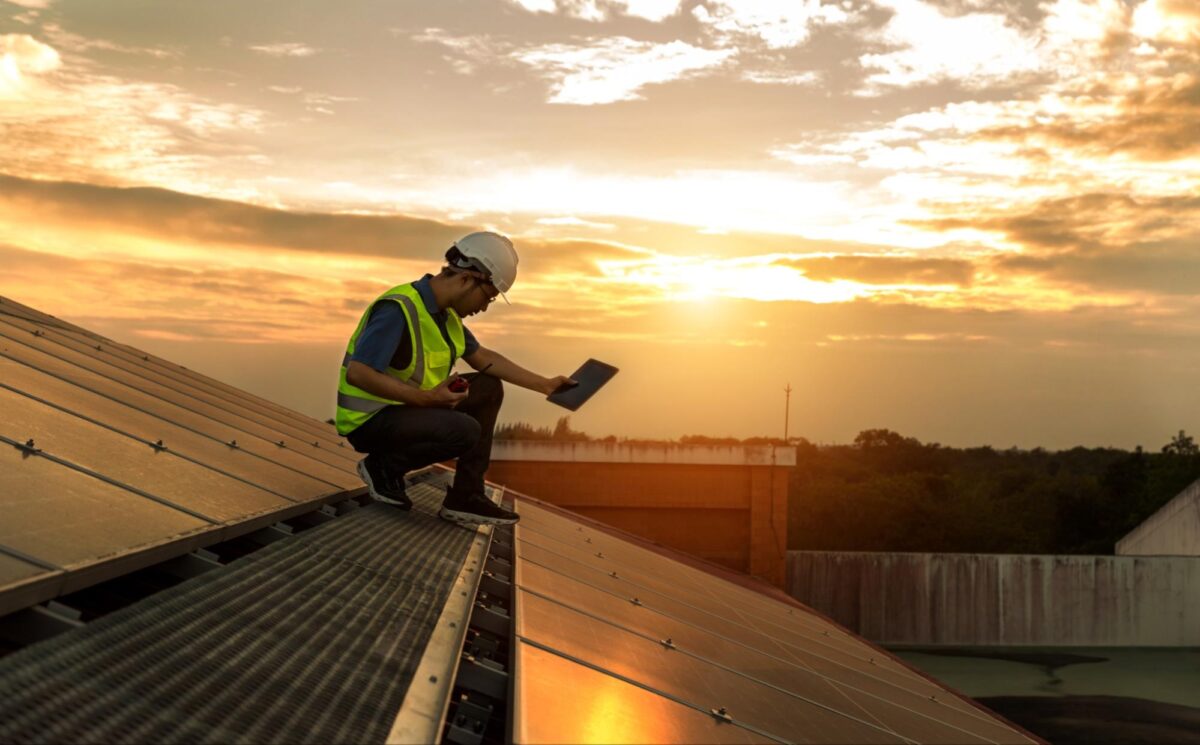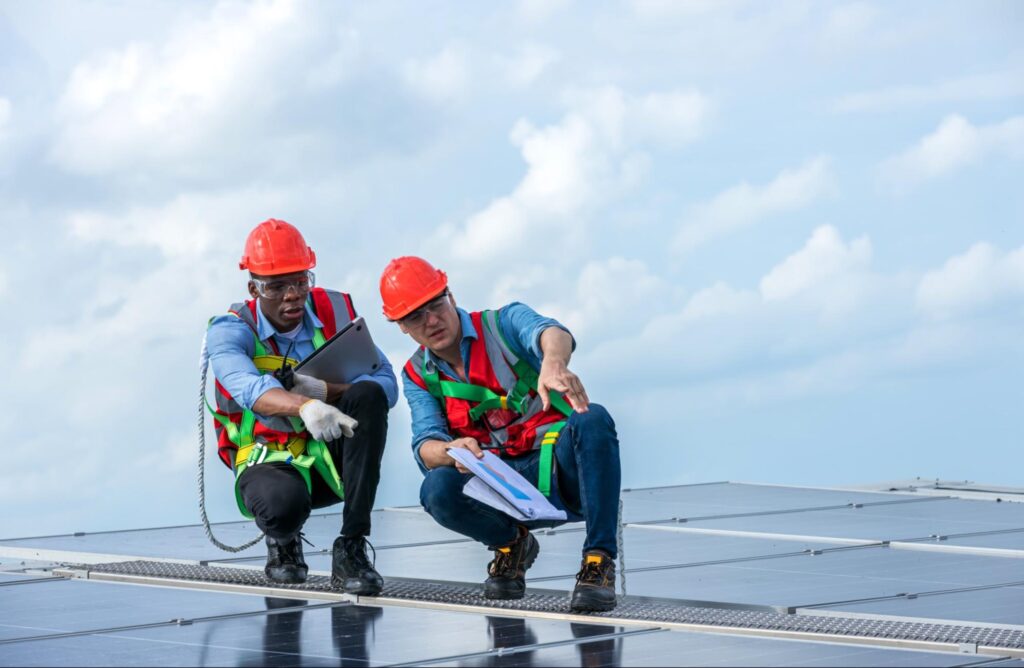As solar power systems continue to increase in popularity across different industries, it is critical to understand the process involved in shutting down an industrial solar system. Shutting down an industrial solar system can be complex and time-consuming,
requiring careful planning, precise execution, and strict adherence to safety protocols. In this blog post, we will guide you through the critical steps in shutting down an industrial solar system, so you can ensure that your facility runs smoothly and efficiently.
Steps in Shutting Down an Industrial Solar System
1. Conduct a Shutdown Risk Assessment
Before shutting down an industrial solar system, a risk assessment is essential to identify potential hazards. The risk assessment should consider a range of factors, including the system’s size, the panels’ location, the type of equipment involved, and any potential safety risks. Based on the risk assessment results, appropriate measures can be implemented to ensure a safe shutdown. FAT FINGER risk assessment checklist can help you in this process.
2. Notify All Parties Involved
Once the risk assessment has been completed, all parties involved in the shutdown process should be notified of the upcoming shutdown.
This includes employees, contractors, and emergency response personnel. Notifications should include the date and time of the planned shutdown and any potential safety risks associated with the process.
FAT FINGER is crucial in efficiently shutting down industrial solar systems by ensuring that all safety protocols are followed. This minimizes the risk of costly accidents and ensures that the system can be restarted safely and efficiently once completed maintenance or upgrades. The software also generates detailed reports on shutdown procedures, which can be used for future reference in case of similar shutdowns or other maintenance-related interventions.

3. Turn Off the Inverter and Disconnect the AC Circuit

The next step involves disconnecting the AC circuit and turning off the inverter. This is typically done using a main disconnect switch located near the inverter. It’s essential to ensure that the inverter is turned off before disconnecting the AC circuit to avoid causing damage to the equipment.
4. Disconnect the DC Circuit and Remove All External Connections
After disconnecting the AC circuit, it’s time to disconnect the DC circuit and remove all external connections.
This includes removing any external wiring or connections to the panels and ensuring that the panels are not exposed to sunlight or weather conditions. Following the proper sequence for disconnecting the DC circuit is essential to avoid electric shock and damage to the equipment.
5. Secure the System
Once the shutdown process is complete, securing the system is essential to prevent unauthorized access and protect the equipment from damage. This includes locking all access points and ensuring that any warning signs or labels are visible to avoid accidental activation of the system.
Properly shutting down an industrial solar system is critical to ensuring workplace safety and maintaining the system’s efficiency. These key steps can provide a safe and efficient shutdown process while protecting workers and equipment.
About FAT FINGER
Ensure front-line teams do their work correctly every time. Drag & drop digital procedures that unlock operational excellence.
In seconds anyone can build and deploy enterprise-grade mobile applications using an easy drag-and-drop no-code builder.
FAT FINGER uses machine learning to coach app users in real-time to make safer and improved decisions.
Try building your digital procedure on FAT FINGER for free @ www.fatfinger.io



